

Educational Blog
http://antoninosaggio.blogspot.com/
YouTube Station
http://www.youtube.com/AntoninoSaggio
6 CICLO. I progetti della modificazione | Interconnessioni dinamiche. Strutture gerarchiche e modelli intelligenti
Con contributi architetti e dottorandi Matteo Baldissara (vai alla lezione Bio 2016), e Baldissara, Valerio Perna, Gabriele Stancato (Script Watanabe)
Contributo alla Lezione di Elnaz Ghazi, Architetto e dottoranda 2015
Lezione In formato audio video 3 giugno 2016
Lez. 22
Datemi un ampollo e vivrò.. Il mondo Bio, e l'informatica oggi

L'ultima parte del Libro Architettura e Modernità descrive le ricerche più avanzate in architettura in rapporto alla Rivoluzione Informatica anche nel settore dell'emergenza di un paradigma «Bio»
«La biologia (dal greco βιολογία, composto da βίος, bìos = "vita" e λόγος, lògos = nel senso di "studio") è la scienza che studia tutto ciò che riguarda la vita e gli organismi viventi, tra cui la loro struttura, la funzione, la crescita, l'evoluzione, la distribuzione e la tassonomia.» Wikipedia Italia
Il corpo della lezione in questa stesura deriva da una conferenza sulla presenza del Mondo Bio in rapporto all'informatica
GreenBodies. Give Me an Ampoule...and I Will Live.
Rethinking the human: Ecosystems for today architectures

_________________________
publication:
Antonino Saggio
"GreenBodies; Give Me an Ampoule and I will Live"
in: Rethinking the Human in Technology Driven Architecture, Maria Voyatzaki and Constantin Spiridonidis Editors, Enhsa
(European Network of Heads of Schools of Architecture - European Association for Architectural Education International Conference. Invited Key Note speaker) Charis Ltd, Thessaloniki Greece 2012 pp. 57-68 isbn 978-2-930301-53-2

_________________________
This 2011 Lecture follows the 2005 Lecture at ENHSA Barcelona whose topic was Construction and IT. I called that lecture:
Give me a Cord and I Will Build.... Construction, Ethics, Geometry and Information Technology (audio, video, text)
Datermi Una corda ... e Costruirò (free Pdf book down load in the days of the conference)


Eaae-Enhsa Ets Barcelona 22 September, 2005
The all idea was the show the strong relationship between construction and geometry That is the reason the lecture had an entire section of the magic circles Golden section.. and old way of construction showing on the strictly construction reasons of ) and wa gradually move to IT discussing critically different apporaches..
What are the foundamental ideas that is imprtant to share in this new context of
Rethinking the Human: Ecosystems for today architectures
Six concepts and a tentative manifesto
1. Hybridization between Systems of Architecture and Systems of nature.
2. Parallel lines do meet! The idea of Limited resources. We do not believe anymore to infinite conquer but to the idea of limitations of resources
3. We are interested in Processes not in Objects (In/Out/In vs In/Out)
4. Synergia and Mixite. Pioneers of Green Architecture. Vernadasky + Buckminster Fuller = John Allen’s Biosphere2
5. The Biosphere 2 Scientific experiment and the Closed systems
6. Some examples and current researches
7. Recap and principles for a Manifesto of GreenBodies
1.
First. Hybradization between System of Architecture and Systems of nature.
In order to understand this we can be go back to moment in which it did not exhist a direct separation between man and land, between cosnstruction and the development of nature, between rationality and magic in with the intercoonections were much more important than the distictions!



KEY EXAMPLE
Hybridation of Nature and Architecture

MATTEO ALFONSI
Advisor A. Saggio
MOB Museo dell'opera Boroominiana a Villa Pamphilj, Rome



2.
Parallel lines do meet! The idea of Limited resources. We do not believe anymore to infinite conquer but to the idea of limitations of resources.
Typical Deconstructivst architecture From Eisenman to libeskind strongly beleive that paralles lines do not meet. I;e; infinitive resoursec, abstract diagonal, vector like architectures!

Daniel Libeskind Chora works from zero to Infinity eccetera
But in reality
Parallel Lines Do meet!
Phisical and electromagnetic forces tend to keep "lines" together..
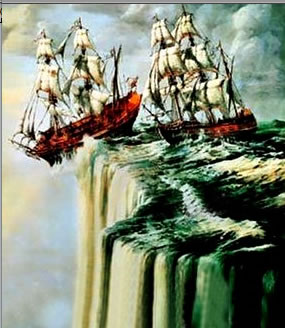 ...
...

There fore our architecure can mend, can cure

3.
We are interested in Processes not in Objects (In/Out/In vs In/Out)
This way the formal syntehtic aspect of Mathematical formalism is definitely winning on the linear alphabetical concept

The Typical Fuctional Flow Chart Drawn to organized a Building Object The Cyclical and Circular Relationship
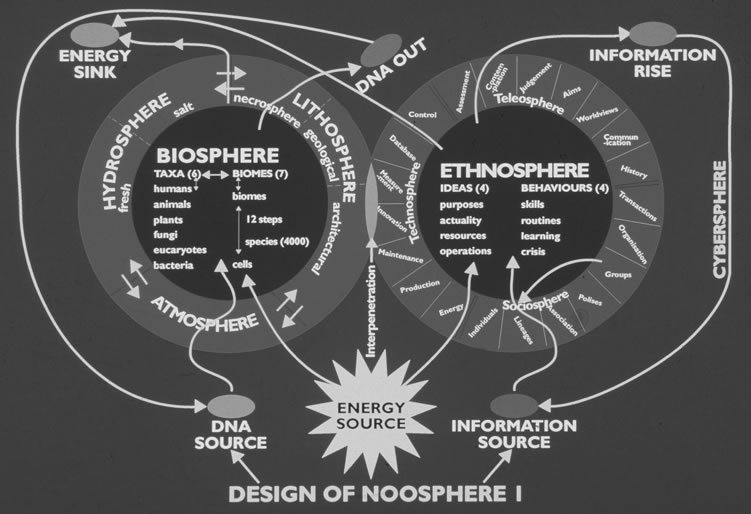
John Allen's Chart
Agnese Canziani - Alessandra Cao - Chiara Conte - Giustino Di Cunzolo - Maria Ragosta





B.R.R.group
Logica-Eco-Logica
Una nuova negoziazione con la natura
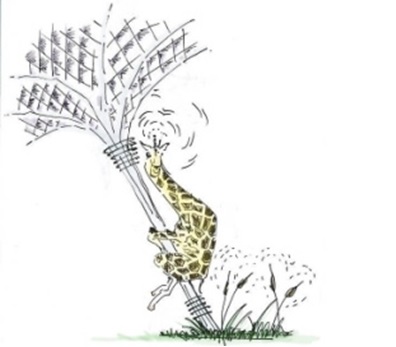
Matteo Benucci
Carmelo Radeglia
Alessandro Rosa
“La terra per gli Etruschi è viva. La terra parla”
Prof. Antonino Saggio, lezione Tevere Cavo
Partendo dal concetto e dall’utilizzo delle vie cave, in epoca etrusca, siamo
intervenuti per far riemergere nella e dalla terra quel carattere vivo, di
essere vivente, contenitore ed emettitore di informazione, considerando la
terra come una realtà animata.
Il progetto Logica-Eco-Logica muove i suoi principi proprio da questa
espressione e cerca di ridare vita al Parco dell’Inviolatella Borghese, luogo
confiscato alla criminalità organizzata negli anni settanta, riportato alla
vita ma successivamente chiuso per la mancanza di fondi necessari alla
manutenzione. Paradosso che ha portato, in breve tempo, dall’istituzione alla
successiva chiusura, quasi un ritorno, una perdita di significato e coscienza
che svilisce l’operato della comunità che si è battuta per alcuni decenni per l’
apertura del Parco stesso.
La nostra azione mira a ridar vita a tutto questo e a scardinare le consumate logiche di parco-giardino attraverso una volontà produttiva che possa far riemergere la zona dal
punto di vista esistenziale e generativo. Generativo perché il nostro fine è
quello sviluppare una morfologia, un paesaggio in grado di strutturare pratiche utili alla sussistenza della comunità, concepite secondo una logica ecologica, del disinquinare, della reinterpretazione del suolo, della rigenerazione della terra.
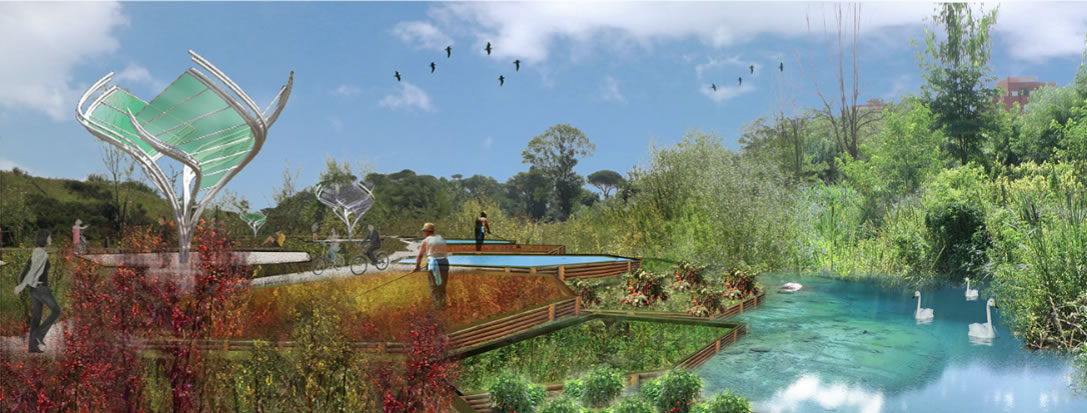
Vai Alla Ricerca
http://www.brrgroup.altervista.org/
Progetti della Cattedra di Saggio
Roma e la Città Contemporanea
Urban and Architectural projects
for Rome and the Contemporary City
UrbanGreenLine™ è un anello ecologico ed infrastrutturale di circa tredici chilometri che intende connettere le due aree a scala metropolitana del Parco archeologico della Caffarella e del Parco di Centocelle. Il suo sviluppo è costituito da 21 tratti di strade esistenti a ciascuna delle quali è associato un progetto che ne valorizza, sia localmente sia globalmente, l'impatto. La presenza della UrbanGreenLine™ collega inoltre molti progetti di UrbanVoids™ e sviluppa le caratteristiche complessive del contesto urbano di intervento. La mobilità attraverso una linea tranviaria di nuova concezione diventa così la forza trainante di una vasta sovrapposizione di interventi e di finalità e una proposta progettuale di grande interesse per la città. GO TO THE DEDICATED PAGE
Dal Marzo 2012 la Cattedra di Antonino Saggio alla Facoltà di Architettura di "Sapienza" Università di Roma sta lavorando alla grande proposta denominata Tevere Cavo. Si tratta di un progetto collettivo che ha visto coinvolti circa trecento tra dottorandi, laureandi e giovani studenti-architetti e che intende mettere a sistema una serie di vuoti urbani e di aree sottoutilizzate a Roma. Si tratta in particolare della parte della città che segue l’andamento del Tevere dalla diga di Castel Giubileo alla porta di Piazza del Popolo e che è racchiuso dai grandi colli di Monte Mario ad ovest e di Monte Antenne ad est. Il progetto Tevere Cavo si ricollega alla Urban Green Line che creava un anello ecologico tra i due grandi parchi archeologici tra l’Appia e la Casilina. Se in quel caso una nuova linea tranviaria assumeva il ruolo di catalizzatore di una serie di intenti e scopi, in questa parte di Roma non può essere che il Tevere l’elemento sistemico. Un Tevere su cui scorre la storia stessa della città e forse il suo futuro.
4.
Synergie and Mixite. Pioneers of Green Architecture.
Vernadasky + Buckminster Fuller = John Allen’s Biosphere2
in "L'Architetto Italiano" #. 30 7/8 2009
Synergia

Bucky Munster Fuller
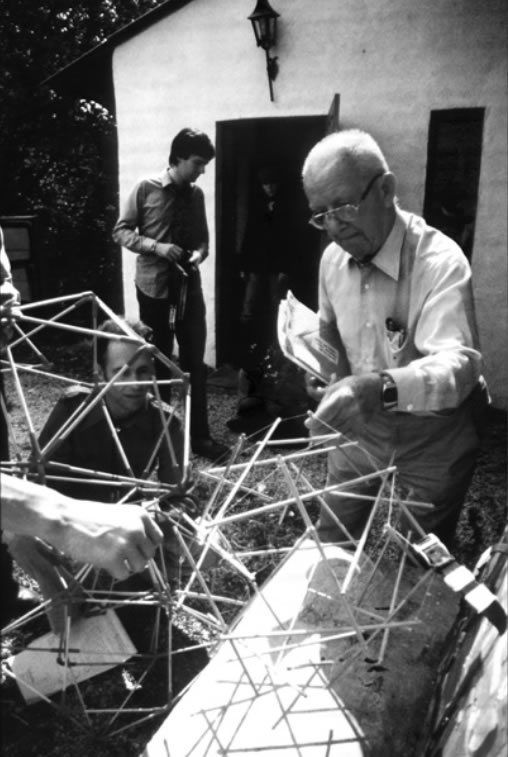
Richard BR. Buckminster “Bucky” Fuller (July 12, 1895 – July 1, 1983)[1] was an American engineer, systems theorist, author, designer, inventor, and futurist.
Fuller published more than 30 books, inventing and popularizing terms such as "Spaceship Earth", ephemeralization, and synergetics. He also developed numerous inventions, mainly architectural designs, the best known of which is the geodesic dome. Carbon molecules known as fullerenes were later named by scientists for their resemblance to geodesic spheres.
From: http://en.wikipedia.org/wiki/Richard_Buckminster_Fuller

Algoritm by Fuller as reported by John Allen >>>
Buckminster Fuller's
Synergetic Algorithm and
Challenges of the Twenty-First Century
By John Allen, FLS
This algorithm of creative design participation in human evolution consists of five steps:
if there is a large scale design problem then take the synergetic overall approach;
- if you take the synergetic overall approach then proceed to a comprehensive anticipatory design;
- if you've started on this, then make detailed macro-comprehensive and micro-incisive studies;
- if these are completed, then proceed to do more with less; ephemeralize;
- if you've ephemeralized, then computerize to check rationality and to communicate;
- if you've computerized then check if you've increased the wealth of all involved.
This algorithm constitutes his greatest contribution to dealing with the challenges coming toward humanity,in the next century, a time of great planetary troubles which he metaphorically referred to as humanity's final examination. >>>
Vladimir Ivanovich Vernadsky
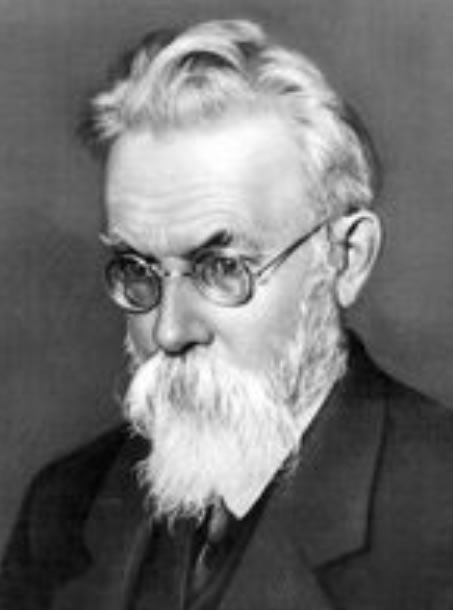
Vladimir Ivanovich Vernadsky (Russian: ?????´??? ???´????? ?????´?????, Ukrainian: ????????? ???????? ???????????; 12 March [O.S. 28 February] 1863 – 6 January 1945) was a Russian/Ukrainian and Soviet mineralogist and geochemist who is considered one of the founders of geochemistry, biogeochemistry, and of radiogeology.[1] His ideas of noosphere were an important contribution to Russian cosmism. He also worked in Ukraine where he founded the National Academy of Science of Ukraine. He is most noted for his 1926 book The Biosphere in which he inadvertently worked to popularize Eduard Suess’ 1885 term biosphere, by hypothesizing that life is the geological force that shapes the earth. In 1943 he was awarded the Stalin Prize.
From: http://en.wikipedia.org/wiki/Vladimir_Vernadsky
John Allen And the Ecotechnics Group

John Polk Allen (born 6 May 1929, Carnegie, Oklahoma)[1] is a systems ecologist and engineer, metallurgist, adventurer and writer.[2] He is best known as the inventor and Director of Research of Biosphere 2, the world's largest laboratory of global ecology, and was the founder of Synergia Ranch. Allen is a proponent of the science of biospherics.
Allen currently serves as Chairman of Global Ecotechnics, and a director of Biospheric Design and of Institute of Ecotechnics. He is Fellow of the Royal Geographical Society, the Linnean Society, and the Explorers Club.
In the early sixties, John Allen worked on regional development projects with David Lillienthal’s Development Resources Corporation in the U.S., Iran, and Ivory Coast where he became an expert in complex regional development. Before that he headed a special metals team at Allegheny-Ludium Steel Corporation which developed over thirty alloys to product status. He has led expeditions studying ecology, particularly the ecology of early civilizations: Nigeria, Iraq, Iran, Afghanistan, Uzbekistan, Tibet, Turkey, India, and the Altiplano.
He studied anthropology and history at Northwestern, Stanford, and Oklahoma Universities, and served in the U.S. Army’s Engineering Corps as a machinist. He graduated from Colorado School of Mines and received an MBA with High Distinction from the Harvard Business School. In the early 1960s, Allen headed a special metals team at Allegheny-Ludlum Steel Corporation which developed over thirty alloys to product status, then he worked with David Lillienthal’s Development Resources Corporation in the U.S., Iran, and Ivory Coast.
Under the pen name, Johnny Dolphin, he has chronicled his personal history alongside the social history of his many destinations in novels, poetry, short stories and plays.[3
from Wikipedia http://en.wikipedia.org/wiki/John_P._Allen
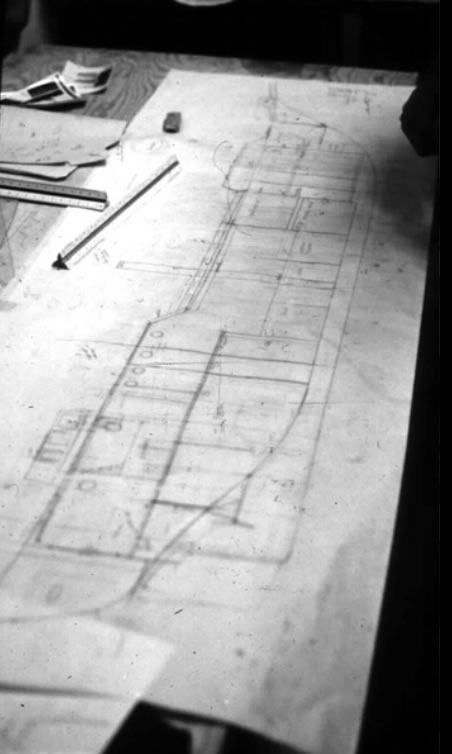
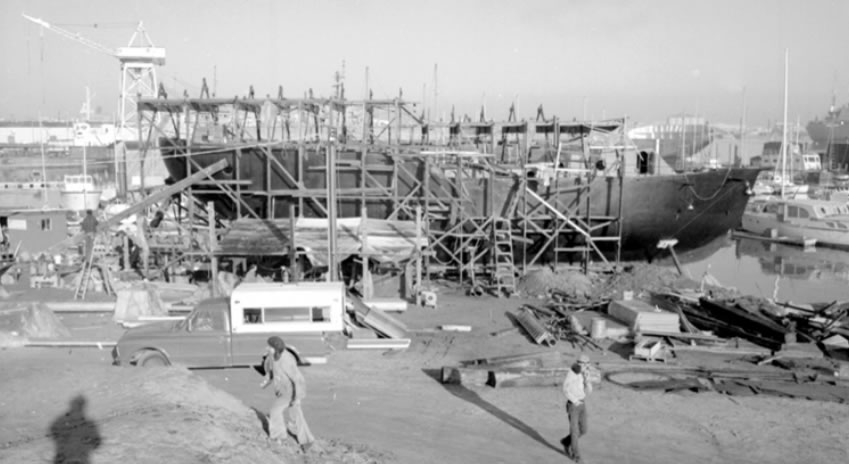
5.
The Biosphere 2 Scientific experiment and the closed systems

John Allen et al, Biosphere 2, oracle, Arizona 1989-1991
 Biosphere 2 go in full immersion
Biosphere 2 go in full immersion
Biosphere 2 is a 3.14-acre (12,700 m2)[1] structure originally built to be an artificial, materially-closed ecological system in Oracle, Arizona (USA) by Space Biosphere Ventures, a joint venture whose principal officers were John P. Allen, inventor and Executive Director, and Margret Augustine, CEO. Constructed between 1987 and 1991, it was used to explore the complex web of interactions within life systems in a structure that included five areas based on natural biomes and an agricultural area and human living/working space to study the interactions between humans, farming and technology with the rest of nature.[2] It also explored the possible use of closed biospheres in space colonization, and allowed the study and manipulation of a biosphere without harming Earth's. The name comes from Earth's biosphere, Biosphere 1. Earth's life system is the only biosphere currently known. Funding for the project came primarily from the joint venture's financial partner, Ed Bass' Decisions Investment, and cost $200 million from 1985 to 2007, including land, support research greenhouses, test module and staff facilities.
From: http://en.wikipedia.org/wiki/Biosphere_2


5. Some examples and researches
R&nSie and Ecologic Studio, Bartlett 23 and others
On&Off Insert on IT and Architecture

see the book locally
in "L'Architetto Italiano" #. 30 7/8 2009
Francois Roche R&Sie


in "L'Architetto Italiano" #. 30 7/8 2009
Ecologic Studio


in "L'Architetto Italiano" #. 33-34
Bob Sheil e Emmanuel Vercruysse




Questo libro dedicato a François Roche e al gruppo da lui fondato New-Territories apre questioni di grande rilevanza per lo sviluppo delle ricerche di architettura e informatica dei prossimi anni. Che ruolo possono avere le nuove tecnologie in un processo in cui i materiali hanno incorporate nella propria composizione delle quotecrescenti di comportamenti attivi – per esempio saranno auto-pulenti, disinquinanti, auto-modificabili? In che misura le diverse componenti degliedifici saranno sempre più “interconnesse” e possono assimilare processi di traspirazione, dilatazione, crescita, vita e morte tipica dei sistemi naturali? Possiamo cominciare a parlare di “sistemi” viventi in architettura visto che la dizione di edificio intelligente (grazie all’intelligenza artificiale e allo sviluppo dei sensori e delle componentistiche elettroniche) può essere considerata almeno teoricamente assimilata? Per affrontare queste questioni a Roche a cominciare dal 1989 si sono affiancati un numero importante di architetti e ricercatori tra cui Stéphanie Lavaux (artista),Gilles Desevedavy, Olivier Legrand, Alexandre Boulin, Jean Navarro, Kiu-chi Toshikatsu, Camille Lacadée.
Colore euro 16,90
B&W euro 8,00
Epub euro 3,99

Colore euro 16,80
B&W euro 8,00
Epub euro 3,99
6.
Recap or Manifesto of GreenBodies
GreenBodies a Manifesto or a recap
First draft Genova, June 12, 2009. First Public presentation Island of Crete agust 30, 2011
1. GreenBodies are not an “add on” or “plug-in” support” for environmentally sound buildings, but, on the contrary, a different and complete re-thought of the very same idea of buiding. GreenBodies are living and dying organisms.
2. Greenbodies are generated through A process of Convergence . This means that we are aware of the biosphere, which is actually interconnected to other spheres including the cultural, tecnological, historical ones as explained and described in the idea of Vladimir Vernadsky and John Allen.
3. GreenBodies are strategically designed based on Bucky Munster Fuller 5 rules’s algorithm.
4. GreenBodies are capable of intelligent, interactive, even emotional behaviors. These behaviors are part of the environment in the inter-relationship with all different spheres.
5. To describe, design or - even better - generate GreenBodies's creators use appropriate verbs. Not only to fold, to bend, to graft (that metaphorically relate to form of land as in a landarchitecture phase), but really organic verbs. Greenbodies sleep, smile, breathe, swet.
6. Each generation of GreenBodies generate - in a progress of natural evolution - new specimen.

Zbigniew Oksiuta Breeding space >>
Supporti Ausilio della Classe
Matteo Baldissara, ITCaad 2015 ha suggerito questo sito "asknature.org". Questo sito è stato usato come ausilio della progettazione dai tre laureande ITCaad 2013
Livia Cavallo, Silvia Di Marco, Giusy Rybino